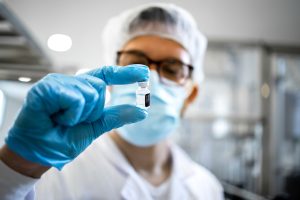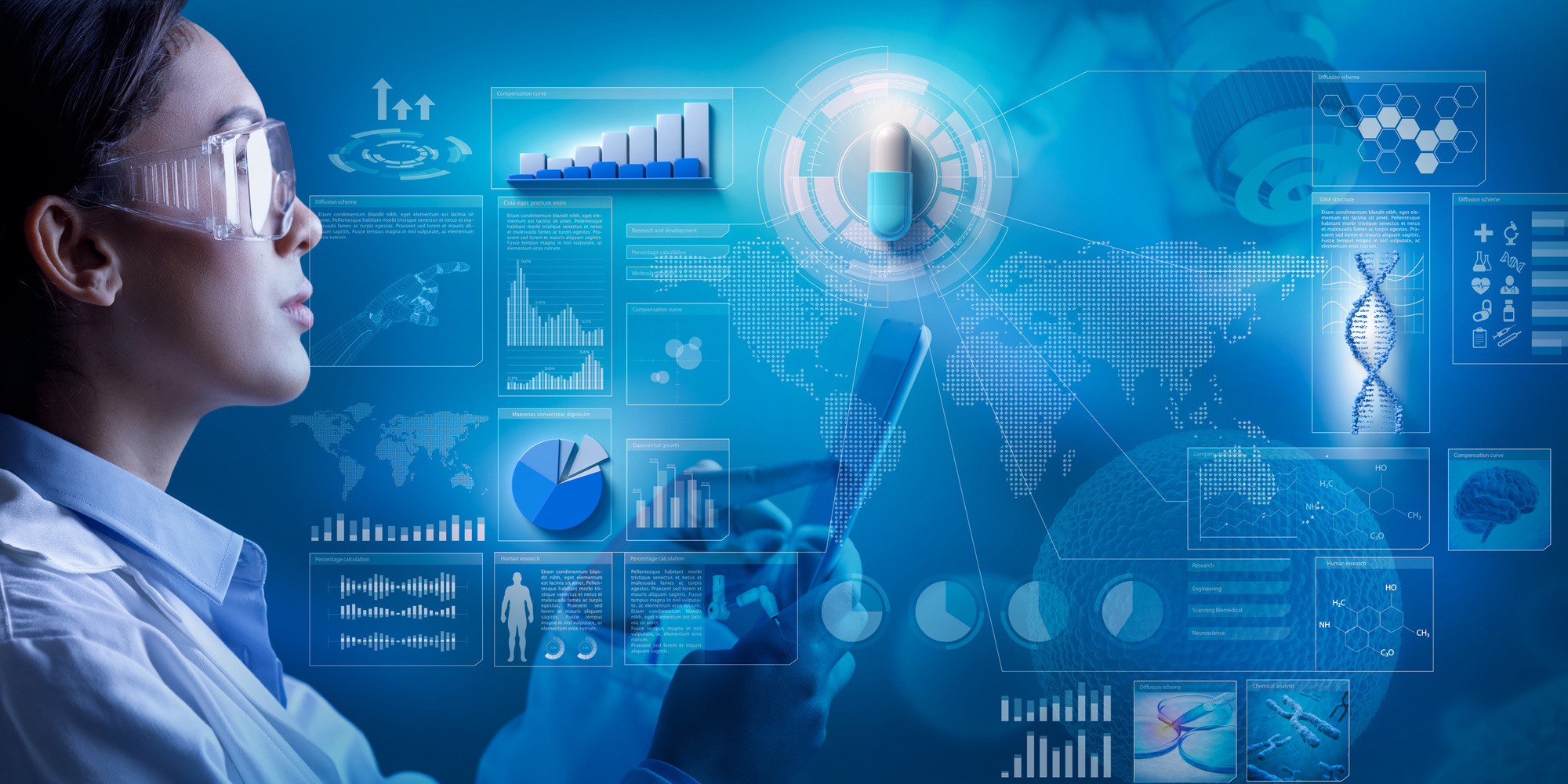Pharmaceutical manufacturing constantly changes, affecting how drugs are developed, produced, distributed, and utilized. Always at the forefront of innovation in response to challenges that threaten lives, recent advances in process optimization and regulatory compliance, among others, ultimately lead to safer, more efficient, and cost-effective production of life-saving medications.
This blog post delves into the eight trends shaping the future of pharmaceutical manufacturing.
- Outsourcing of Compounding Services
The pandemic pressured hospitals, challenging their resources and viability, including pharmacy services. Aside from the need for qualified personnel, the process of compounding for hospitals requires specialized equipment that should produce the drug economically and in sufficient quantities, especially in the face of shortages.
Largely due to the demands and risks associated with sterile vs non sterile compounding, hospitals are increasingly outsourcing these services to external companies.
- Emerging Technologies: Artificial Intelligence And Machine Learning
Like advanced automation and robotics, artificial intelligence and machine learning technologies are being used to ensure the quality of the product, reduce costs, and promote manufacturing efficiency. For example, AI is used to identify new drug targets, while IoT is used to monitor drug storage facilities’ temperature and humidity.
AI and ML algorithms can analyze large data sets, identify patterns, and optimize manufacturing processes in real time. These technologies enable predictive maintenance, early detection of production anomalies, and precise control over critical parameters, resulting in enhanced quality control and reduced downtime.
Additionally, AI-powered systems are used to identify potential drug candidates and predict their efficacy, accelerating drug discovery.
Emerging technologies like AI and ML are revolutionizing the pharmaceutical manufacturing process, but with these advancements comes an increased need for stringent regulatory compliance and data integrity.
- Regulatory Compliance and Data Integrity
As the pharmaceutical industry evolves, regulatory compliance and data integrity remain paramount. Regulatory authorities continually revise and enforce stringent guidelines to ensure the safety, efficacy, and quality of pharmaceutical products.
Manufacturers are required to adopt robust quality management systems and strictly adhere to Good Manufacturing Practices (GMP). Additionally, data integrity plays a critical role in pharmaceutical manufacturing. The increasing use of electronic systems and data-driven processes makes it necessary to establish secure data management practices, including data integrity controls and audit trails.
For instance, barcode verification systems are becoming increasingly popular in pharmaceutical manufacturing. These systems use barcode technology to ensure that the correct drug is given to the right patient, enhancing regulatory compliance and ensuring data integrity.
Similarly, workflow systems that use barcode verification and images are gaining popularity. These systems help to streamline the manufacturing process, reduce errors, and provide a platform for real-time monitoring and tracking of drugs, further reinforcing regulatory compliance and data integrity.
- Adoption of Advanced Automation And Robotics
Automation has become a game-changer, streamlining production processes and reducing human error. In the past, when manual operations were prevalent, production costs were higher, manufacturing took longer, and the products were fraught with quality issues.
However, the industry is witnessing a paradigm shift with advancements in robotics and automation technologies. Robots are now employed for various tasks, including dispensing raw materials, mixing ingredients, and packaging finished products. This increased automation not only improves efficiency but also enhances the safety and reliability of drug manufacturing.
One example of this trend is the use of automated multiple-ingredient compound devices for parenteral nutrition. These devices can accurately measure and mix multiple ingredients, reducing the risk of errors and contamination.
- Imaging Sharing/Remote Video
Smart technology has enabled image sharing and remote video supervision in pharmaceutical manufacturing. This technology allows supervisors to monitor the manufacturing process and remotely guide operators. It also allows for real-time collaboration between different departments and locations, further enhancing the efficiency and safety of the manufacturing process.
- Continuous Manufacturing
Traditional batch-based manufacturing processes are gradually being replaced by continuous pharmaceutical manufacturing. Continuous manufacturing, which involves an uninterrupted flow of raw materials through the production line, eliminates the need for large-scale batch processing.
This trend offers numerous advantages, including reduced production time, improved product quality, and increased flexibility in responding to changing market demands. Continuous manufacturing minimizes waste, lowers costs, and enhances sustainability by optimizing resource utilization.
- Personalized Medicine and Biopharmaceuticals
Personalized medicine tailors treatment to an individual’s genetic makeup, leading to more effective and targeted therapies. This approach requires the production of smaller, highly specific medication batches, necessitating flexible and agile manufacturing processes.
Biopharmaceuticals, such as monoclonal antibodies and gene therapies, are also becoming more popular. Their production involves complex bioprocessing techniques, and pharmaceutical manufacturers are investing in specialized infrastructure and technologies to meet the growing demand for personalized medicine and biopharmaceuticals.

- Quality by Design (QbD) and Process Analytical Technology (PAT)
Quality by Design (QbD) and Process Analytical Technology (PAT) are two interrelated concepts that aim to promote the quality and consistency of pharmaceutical products throughout the manufacturing process.
QbD is a systematic approach to drug development, emphasizing a comprehensive understanding of the product and its manufacturing process, starting with clearly defined objectives. This approach is grounded in sound scientific principles and robust quality risk management, ensuring that quality is built into the product from the outset. This involves:
- Designing quality into the product from its inception
- Considering factors such as raw materials
- Process parameters
- Formulation
Conversely, PAT involves real-time monitoring and control of critical parameters using advanced analytical tools. By adopting QbD principles and implementing PAT, pharmaceutical manufacturers can proactively detect and address potential deviations or quality issues, improving product quality, reducing waste, and increasing patient safety.
Together, QbD and PAT are transforming the pharmaceutical industry. By integrating these concepts into their operations, pharmaceutical manufacturers can significantly enhance the efficiency and safety of their manufacturing processes, ultimately leading to higher-quality products.
Conclusion
The constantly evolving pharmaceutical manufacturing industry is being shaped by these eight trends. Emerging technologies, outsourcing of compounding services, barcode verification systems, workflow systems, automated multiple ingredient compound devices, and imaging sharing/remote video are all significant in improving efficiency, reducing costs, and enhancing the quality of drugs.

